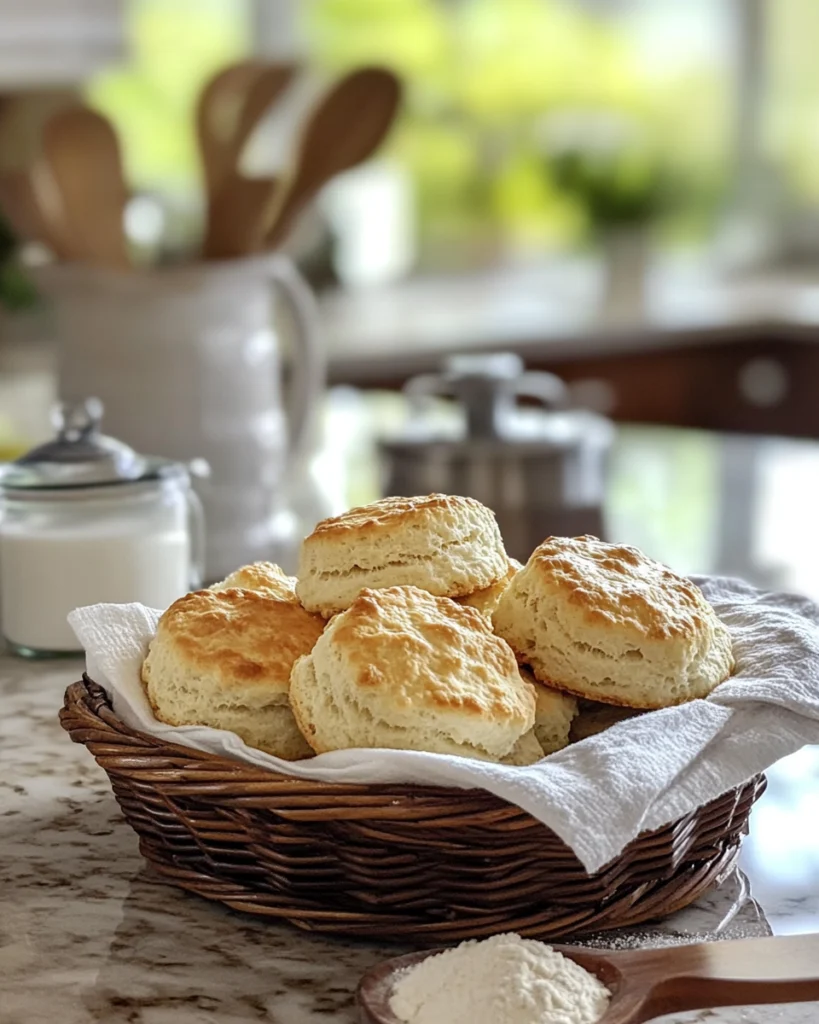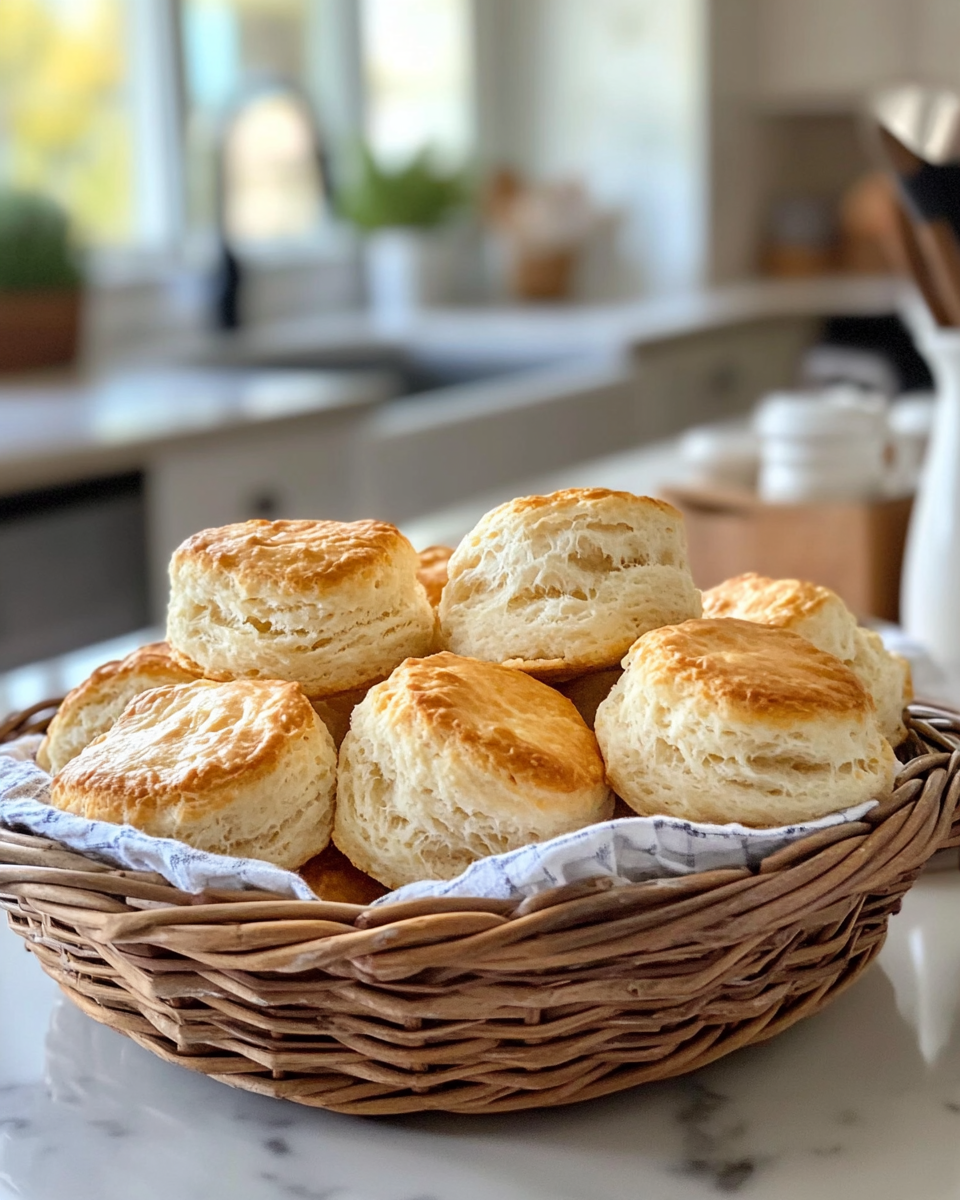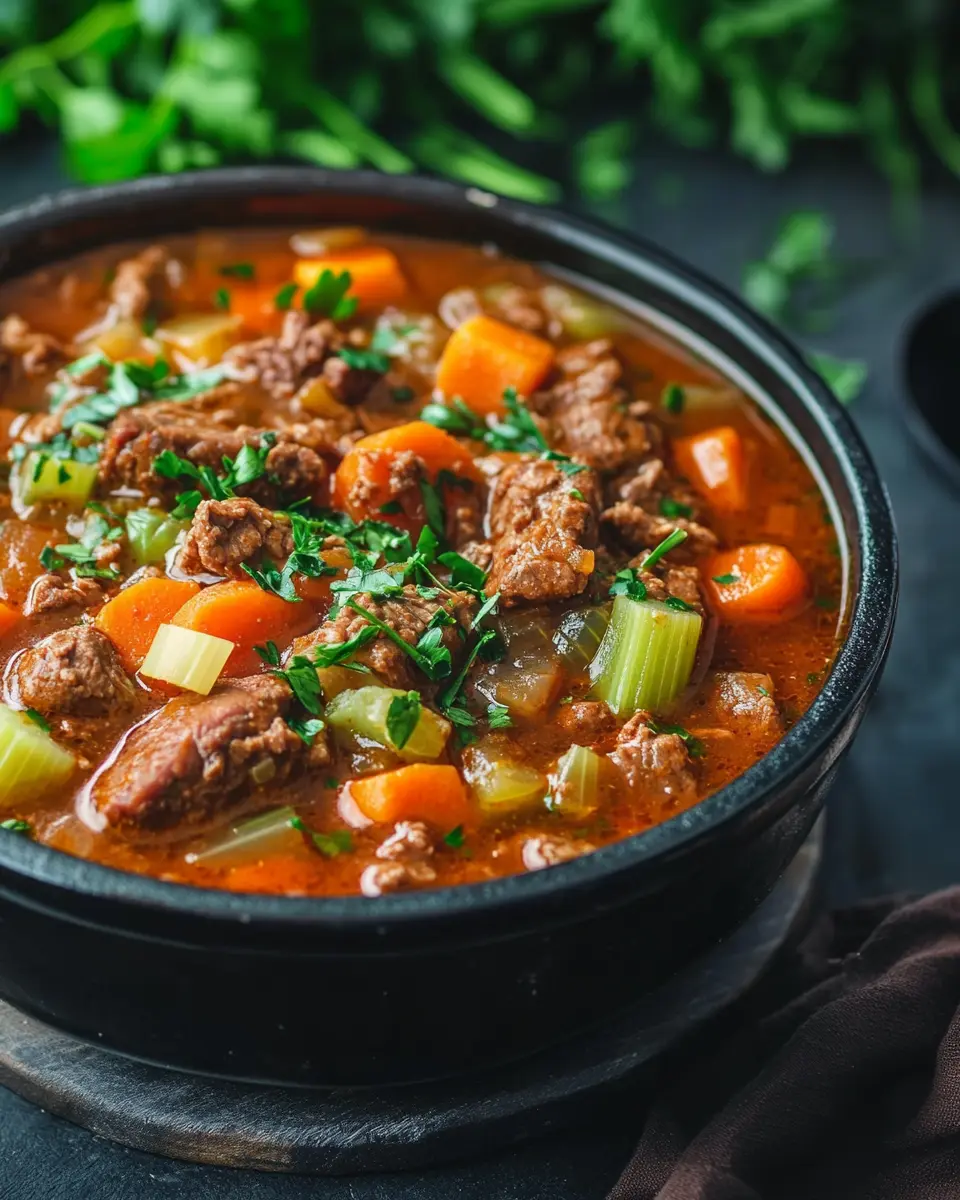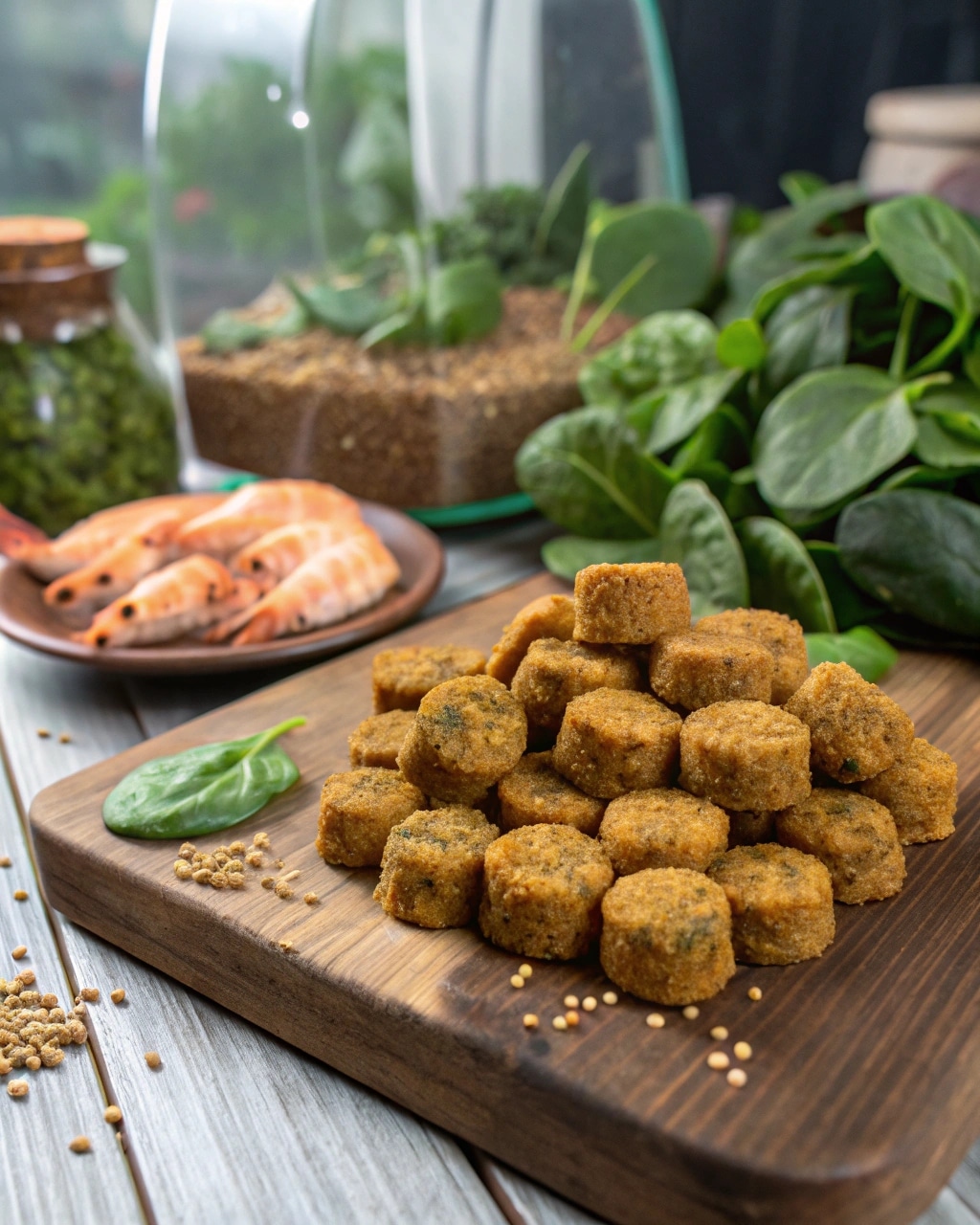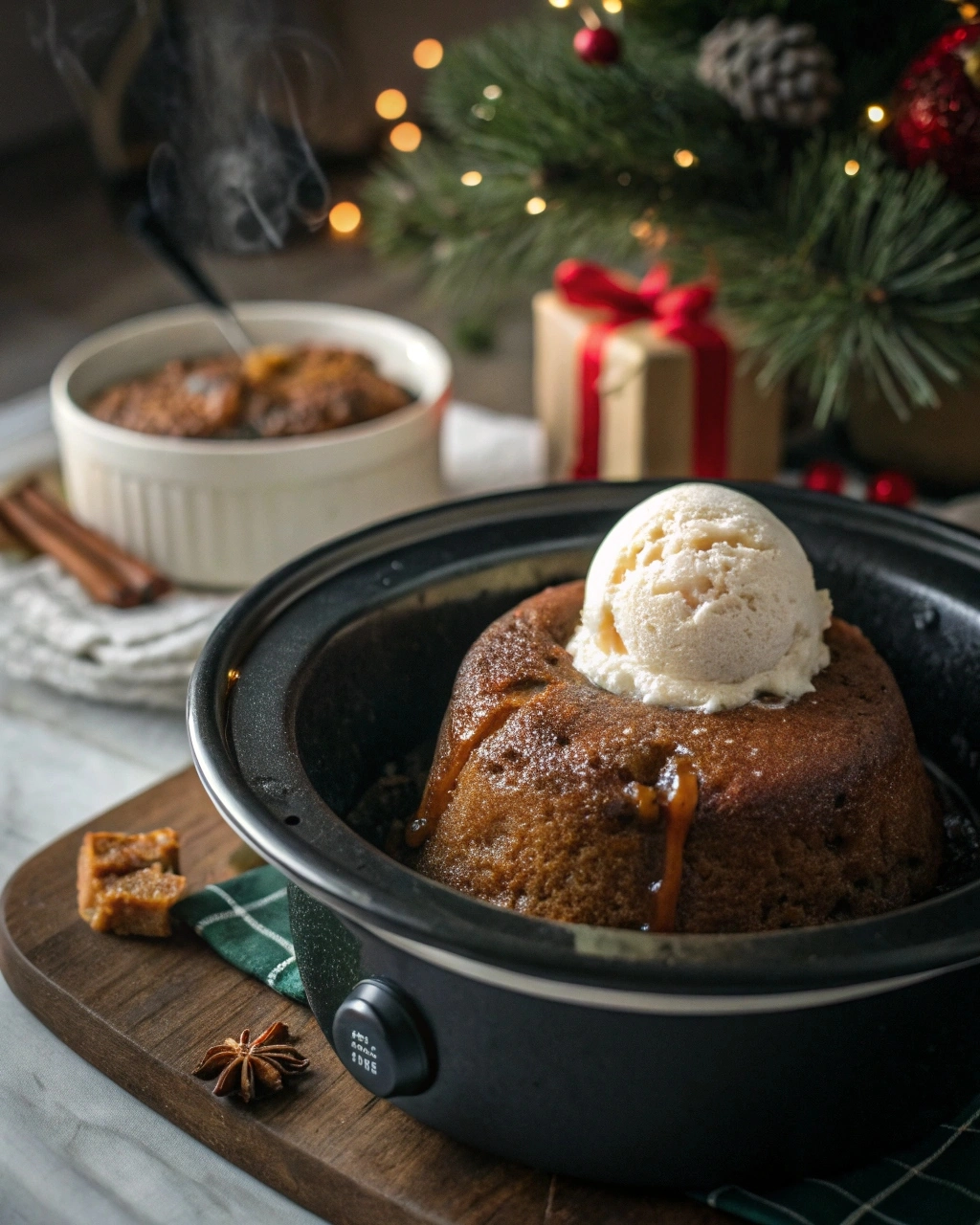Introduction to 3-Ingredient Buttermilk Biscuits
If you’ve ever bitten into a homemade biscuit—one that’s flaky on the outside, soft in the middle, and rich with buttery goodness—you know it’s a thing of beauty. And if you haven’t? Well, you’re in for a treat because making biscuits from scratch is way easier than most people think.
The best part? You only need three ingredients. No baking powder, no eggs, no fancy tricks—just self-rising flour, cold butter, and buttermilk. That’s it. Three ingredients, about 20 minutes, and you’ll have biscuits that taste like they came straight from a Southern grandma’s kitchen.
Now, let’s talk about what makes these biscuits so darn special, why buttermilk is the secret weapon, and how you can nail them on your first try.
Why Buttermilk is Key to Perfect Biscuits
Looking for more creamy and comforting recipes? Try this 10-Minute Cream Cheese Pasta Recipe for a quick and delicious meal.
The Science Behind Buttermilk in Baking
Buttermilk isn’t just about flavor (though it does add a delicious tang). It also does some pretty amazing things to the dough:
- Tender Texture – The acidity in buttermilk breaks down gluten in the flour, which means softer, fluffier biscuits.
- Better Rise – That same acidity reacts with the leavening in self-rising flour, giving your biscuits extra lift.
- Richer Taste – Buttermilk adds a slight tangy flavor that makes biscuits taste more complex and balanced.
To put it simply: if you want biscuits that are soft, flaky, and packed with flavor, buttermilk is non-negotiable.
“Buttermilk is like a magic potion for biscuits—it gives them that irresistible balance of tender and crisp, making every bite melt in your mouth.”
Comparing Buttermilk to Substitutes: What Works Best?
Let’s say you’re craving biscuits, but you don’t have buttermilk on hand. Can you swap it out for something else?
Technically, yes. Here are some options:
- Milk + Vinegar/Lemon Juice – Mix 1 cup of milk with 1 tablespoon of vinegar or lemon juice. Let it sit for 10 minutes until it curdles.
- Plain Yogurt – Yogurt has the same tang and thickness as buttermilk, making it a solid 1:1 substitute.
- Sour Cream + Water – Thin out sour cream with a little water or milk to get a similar consistency to buttermilk.
That said, none of these will work quite as well as the real thing. If you want the best biscuits possible, stick with buttermilk.
Essential Ingredients for 3-Ingredient Buttermilk Biscuits
Just like using buttermilk enhances the flavor of biscuits, incorporating the right dairy ingredients can elevate other dishes, such as this Creamy Keto Beef Stew.
Choosing the Right Flour for Fluffy Biscuits
Not all flour is created equal, especially when it comes to biscuits.
For this recipe, you must use self-rising flour. This isn’t just regular flour—it already has baking powder and salt mixed in, which makes biscuit-making even easier.
If you only have all-purpose flour, you can make a quick DIY version:
For every 1 cup of all-purpose flour, add:
- 1 ½ teaspoons baking powder
- ¼ teaspoon salt
Mix it together, and you’ve got self-rising flour!
The Role of Cold Butter in Biscuit Perfection
Cold butter is the secret to flaky layers in biscuits. When little bits of cold butter melt in the oven, they create steam, which forms those beautiful, tender layers.
Here’s how to make sure your butter stays cold:
- Use frozen butter and grate it – This distributes the butter evenly and keeps it cold longer.
- Work quickly – The less you handle the dough, the better. Warm hands melt butter fast!
- Chill your dough if needed – If the butter starts softening, pop the dough in the fridge for 10 minutes before baking.
“Cold butter is the difference between a biscuit that’s soft and fluffy versus one that’s dense and greasy—so don’t let it get warm.”
Step-by-Step Recipe for 3-Ingredient Buttermilk Biscuits
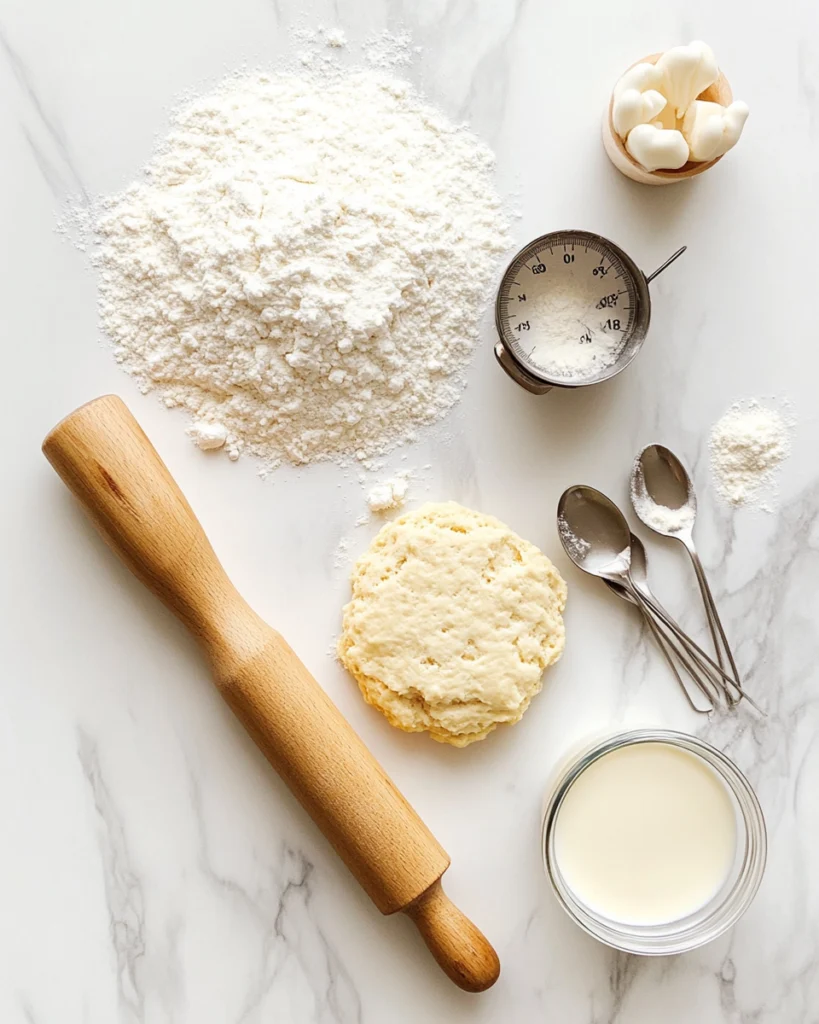
Alright, now that we’ve covered the why, let’s get to the how. This is the easiest biscuit recipe ever, but there are still a few tricks to make them perfect.
Preparing Your Ingredients and Tools
Here’s what you’ll need:
Ingredients:
- 2 cups self-rising flour
- ½ cup cold butter (1 stick), grated or cut into small cubes
- ¾ cup cold buttermilk
Tools:
- Mixing bowl
- Pastry cutter (or fork)
- Rolling pin (optional)
- Biscuit cutter (or a drinking glass)
- Baking sheet
Pro Tip: Line your baking sheet with parchment paper for easy cleanup.
Mixing and Shaping the Dough: Tips for Success
- Mix the flour and butter
- Toss the butter into the flour and use a pastry cutter (or your hands) to mix it in. You want pea-sized chunks of butter.
- Add the buttermilk
- Pour in the buttermilk and stir just until combined. The dough will be a little sticky—don’t overmix!
- Roll and cut
- Turn the dough onto a floured surface and pat it into a ¾-inch thick rectangle.
- Fold it in half, then in half again—this helps create layers.
- Use a biscuit cutter (or a drinking glass) to cut out biscuits.
- Arrange on a baking sheet
- Place biscuits close together—this helps them rise instead of spreading out.
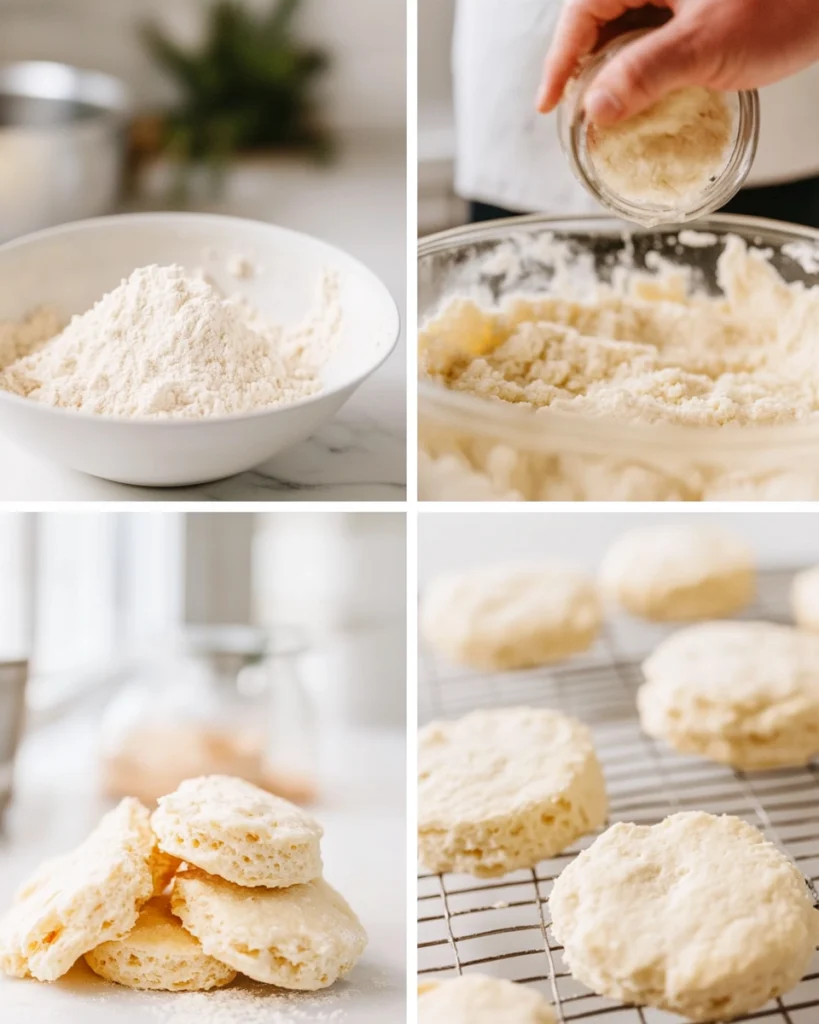
Baking to Golden Perfection: Timing and Temperature
- Preheat your oven to 450°F (232°C).
- Bake for 12-15 minutes, until golden brown on top.
- Brush with melted butter (because why not?).
And there you have it—hot, flaky buttermilk biscuits fresh out of the oven!
Common Problems When Making Buttermilk Biscuits and Solutions
Even though this recipe is super simple, biscuits can still be a little tricky. Maybe they come out flat, greasy, or just not as light and airy as you hoped. Don’t worry—I’ve been there! Luckily, with a few adjustments, you can fix these problems and get perfect biscuits every single time.
Flat Biscuits: Causes and Fixes
If your biscuits didn’t rise and look more like hockey pucks than fluffy pillows, a few things might have gone wrong.
What went wrong?
- Your butter was too warm. Warm butter melts into the dough before baking, meaning no steam and no rise.
- You overworked the dough. The more you mix and knead, the more gluten develops, leading to tough, dense biscuits.
- Your self-rising flour was old. Yes, flour has a shelf life! If the leavening agents are expired, the biscuits won’t rise properly.
How to fix it next time:
- Always use cold butter (freezing it for 10 minutes before cutting it in helps).
- Mix the dough just until it comes together—no extra stirring!
- Check the expiration date on your flour. If it’s old, toss it and get a fresh bag.
“Biscuit dough should be handled like a delicate secret—too much attention and it won’t turn out right.”
Greasy or Dense Texture: How to Avoid It
A heavy, greasy biscuit is never fun. Instead of light and flaky, it ends up tasting oily and chewy.
What went wrong?
- Too much butter. It sounds impossible, but yes, there is such a thing as too much butter in biscuits.
- Not enough flour. If your dough is too wet, the biscuits won’t hold their shape and will spread instead of rise.
- Over-mixing the butter into the flour. If the butter is completely absorbed into the flour before baking, you won’t get those lovely flaky layers.
How to fix it next time:
- Stick to the ½ cup butter measurement—more is not always better.
- If your dough feels too wet, add a tablespoon of flour at a time until it firms up slightly.
- Leave visible chunks of butter in your flour mixture—don’t blend it in too much!
Uneven Cooking: Tips for Consistent Results
There’s nothing worse than opening the oven to find some biscuits burnt, some raw in the middle, and others looking perfect.
What went wrong?
- Your oven temperature is off. Many ovens run hotter or colder than what the dial says.
- Biscuits were placed too far apart. Biscuits actually bake better when they touch each other.
- Your baking sheet was too dark. Dark baking sheets absorb more heat, causing the bottoms to brown too fast.
How to fix it next time:
- Use an oven thermometer to check if your oven is accurate.
- Place biscuits close together so they support each other as they rise.
- If your baking sheet is dark, lower the oven temperature by 10-15°F to avoid burning.
Now that we’ve solved those common biscuit issues, let’s have some fun with variations!
Creative Variations on the Classic Recipe
Once you’ve mastered basic biscuits, you might want to mix things up. These variations take the same 3-ingredient base and add extra flavor for a fun twist.
Adding Cheese, Herbs, or Spices for Extra Flavor
Savory biscuits? Yes, please! Try these easy add-ins:
- Cheddar & Chive Biscuits – Stir in ½ cup shredded cheddar and 1 tablespoon chopped chives.
- Garlic & Herb Biscuits – Add ½ teaspoon garlic powder and 1 teaspoon dried Italian herbs.
- Pepper Jack & Jalapeño Biscuits – Mix in ½ cup shredded pepper jack cheese and 1 finely diced jalapeño.
Sweet Biscuit Options: Incorporating Sugar or Fruits
If you want to turn biscuits into a dessert, here’s how:
- Cinnamon Sugar Biscuits – Mix 2 tablespoons sugar and ½ teaspoon cinnamon into the dough.
- Blueberry Biscuits – Fold in ½ cup fresh or frozen blueberries before shaping the dough.
- Honey Butter Biscuits – Brush the tops with melted butter and drizzle with honey after baking.
“Biscuits are like a blank canvas—add a little creativity, and you can turn them into something totally new.”
Serving Suggestions for 3-Ingredient Buttermilk Biscuits
Alright, now that you’ve got a batch of golden, buttery biscuits, what do you eat them with? Honestly, they’re good on their own, but they’re even better when paired with the right toppings.
Pairing with Savory Dishes: Gravy, Soups, and More
Biscuits + gravy = a Southern breakfast classic. But if you want to change things up, try these combos:
- Biscuits & Sausage Gravy – Pour creamy sausage gravy over warm biscuits.
- Biscuits & Fried Chicken – Make a biscuit sandwich with crispy fried chicken.
- Biscuits & Soup – Use biscuits instead of bread for dunking into chili or stew.
Sweet Toppings: Jams, Honey, and Whipped Cream
Biscuits aren’t just for savory dishes! If you’ve got a sweet tooth, try these:
- Strawberry Shortcake Biscuits – Top biscuits with sliced strawberries and whipped cream.
- Honey Butter Biscuits – Brush biscuits with melted butter and drizzle with honey.
- Biscuits with Jam – Spread warm biscuits with strawberry, raspberry, or peach jam for a simple treat.
Storing and Reheating Your Biscuits for Freshness
If you somehow end up with leftovers (not likely, but just in case), here’s how to keep them fresh.
How to Store Biscuits
- Room Temperature: Keep biscuits in an airtight container for up to 2 days.
- Refrigerator: Store biscuits in the fridge for up to a week (just reheat before eating!).
- Freezer: Wrap biscuits individually in plastic wrap and store in a freezer bag. They’ll stay good for up to 3 months.
Best Ways to Reheat Biscuits
Nothing’s worse than a dry, tough biscuit. Reheating the right way keeps them soft and flaky.
- Oven: Bake at 350°F for 5-7 minutes until warm.
- Microwave: Wrap a biscuit in a damp paper towel and heat for 15-20 seconds.
- Skillet: Slice a biscuit in half and toast it on a buttered skillet for crispy edges.
FAQs
1. What are the most common problems when making 3-Ingredient Buttermilk Biscuits?
Flat, dense, or greasy biscuits usually happen due to warm butter, overmixing, or expired self-rising flour. Keep ingredients cold and don’t overwork the dough.
2. How can I ensure my biscuits don’t stick to the baking tray?
Use parchment paper or lightly grease the baking sheet with butter. A silicone baking mat also works well.
3. What are some effective solutions for unevenly cooked biscuits?
Check your oven temperature with a thermometer, place biscuits close together for even rising, and use a light-colored baking sheet to prevent overbrowning.
4. How can I prevent my biscuits from becoming greasy?
Use the right amount of butter, avoid overmixing, and don’t let the dough sit out too long—warm butter leads to greasy biscuits.
Conclusion: Master the Art of 3-Ingredient Buttermilk Biscuits
Making fluffy, buttery 3-ingredient buttermilk biscuits is easier than you think. With just self-rising flour, cold butter, and buttermilk, you can bake biscuits that are soft, golden, and packed with flavor—without any complicated steps. By keeping your butter cold, handling the dough gently, and using the right baking techniques, you’ll get perfect biscuits every time.
Now it’s your turn! Have you tried this easy buttermilk biscuit recipe? Share your experience in the comments! And if you loved these biscuits, don’t forget to bookmark this page or share it with friends.
For more quick and delicious homemade recipes, visit our Pinterest page and explore new ideas for your next meal!
